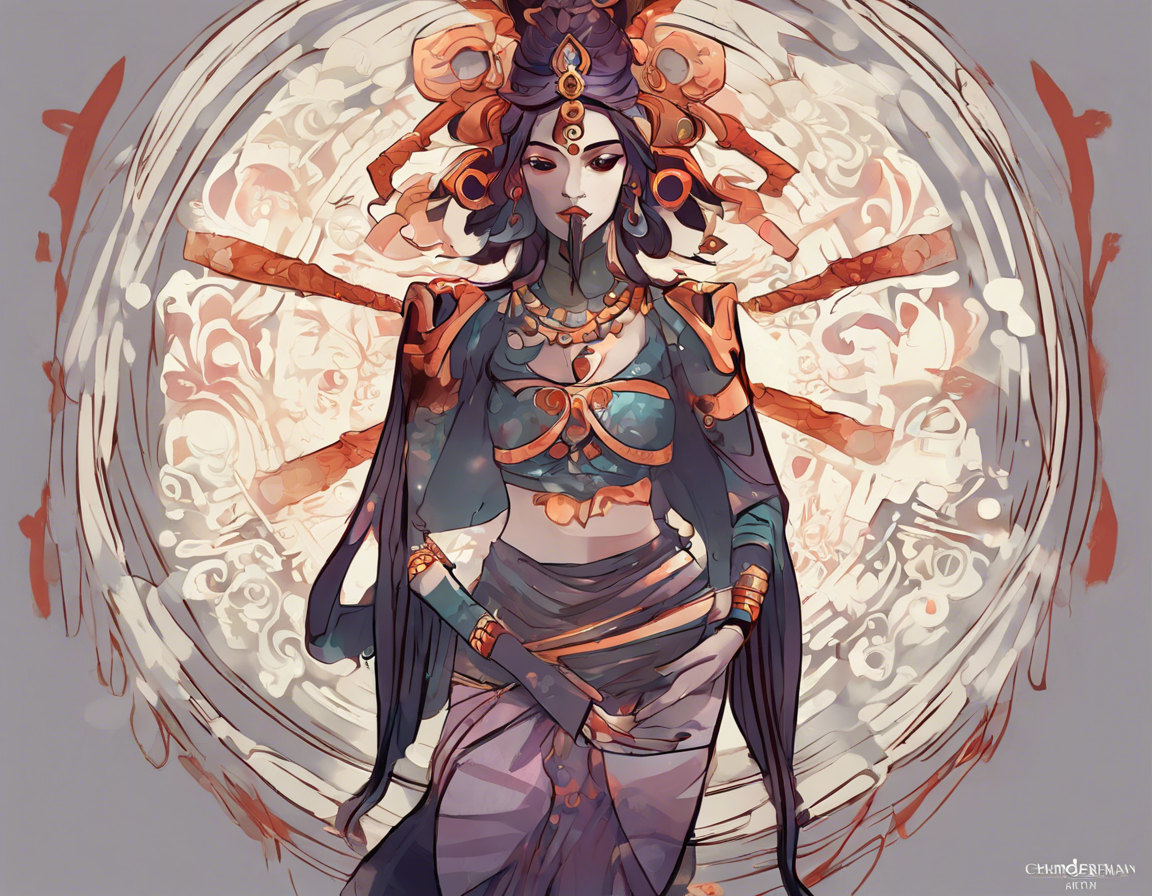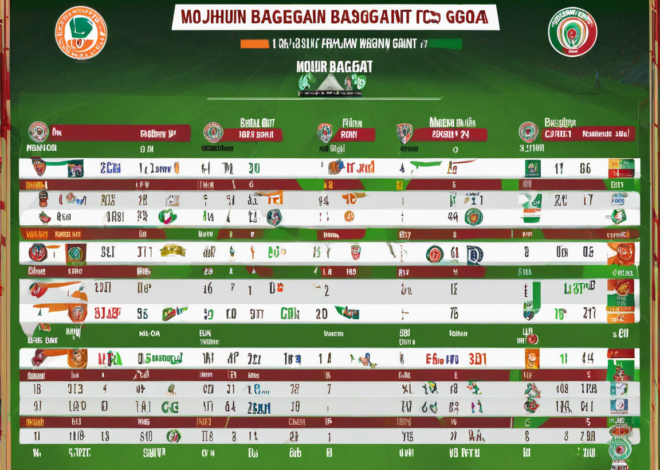
Understanding the Chandra Grahan Phenomenon
Introduction
A Chandra Grahan, more commonly known as a lunar eclipse, is a celestial event that occurs when the Earth passes between the Sun and the Moon, casting a shadow on the moon. This phenomenon is often surrounded by myths, superstitions, and beliefs across different cultures and has fascinated humans for centuries. In this article, we will explore the science behind a Chandra Grahan, its types, effects, and significance in various cultures.
What Causes a Chandra Grahan?
A lunar eclipse occurs when the Earth comes between the Sun and the Moon, leading to the Earth’s shadow falling on the Moon. This alignment is only possible during a full moon when the Sun, Earth, and Moon are aligned in a straight line.
Types of Lunar Eclipses
There are three main types of lunar eclipses:
-
Total Lunar Eclipse: This occurs when the Earth completely blocks the Sun’s light from reaching the Moon, casting a shadow over the entire Moon.
-
Partial Lunar Eclipse: In this case, only a part of the Moon is covered by the Earth’s shadow, leading to a partial darkening of the lunar surface.
-
Penumbral Lunar Eclipse: This is the most subtle type of lunar eclipse, where the Moon passes through the Earth’s penumbral shadow, causing a slight dimming of the lunar surface.
Effects of Chandra Grahan
While a lunar eclipse is a spectacular celestial event, it has no scientific basis for any harmful effects on humans or the environment. However, various cultures and traditions associate different beliefs and superstitions with lunar eclipses.
Significance in Different Cultures
-
Indian Culture: In India, a lunar eclipse is known as Chandra Grahan and is believed to have both positive and negative effects. Many people follow certain rituals, such as taking a bath after the eclipse or avoiding food during the eclipse, based on ancient beliefs.
-
Chinese Culture: Chinese folklore associates lunar eclipses with the mythological figure of a dragon swallowing the Moon. To ward off the dragon, people would make loud noises and light fires during an eclipse.
-
Ancient Civilizations: The ancient Greeks believed that lunar eclipses were a sign of the gods’ anger, while the Mayans saw them as a time of potential bad luck.
Myths and Superstitions Surrounding Lunar Eclipses
-
Pregnancy Myths: In many cultures, pregnant women are advised to stay indoors during a lunar eclipse to protect the unborn child from any harm.
-
Impact on Food: Some people believe that food cooked before an eclipse should not be consumed afterward as it may be contaminated by the eclipse.
-
Astrological Beliefs: In astrology, lunar eclipses are seen as potent times for transformation, letting go of the old and embracing the new.
Scientific Understanding of Lunar Eclipses
From a scientific standpoint, a lunar eclipse is a beautiful alignment of celestial bodies that allows us to witness the Earth’s shadow on the Moon. It serves as a reminder of the intricate dance of the Sun, Moon, and Earth in space.
FAQs about Chandra Grahan
- Do lunar eclipses have any scientific significance?
-
Lunar eclipses have great scientific significance as they provide valuable insights into celestial mechanics and the position of the Earth, Moon, and Sun.
-
Why do lunar eclipses occur less frequently than solar eclipses?
-
Lunar eclipses occur less frequently than solar eclipses because the Earth’s shadow is much larger than the Moon’s shadow, making it rarer for the Earth, Moon, and Sun to align perfectly.
-
Can you watch a lunar eclipse with the naked eye?
-
Yes, lunar eclipses are safe to view with the naked eye, unlike solar eclipses, which require special eye protection.
-
What is the difference between a solar eclipse and a lunar eclipse?
-
A solar eclipse occurs when the Moon comes between the Sun and the Earth, blocking the Sun’s light. A lunar eclipse occurs when the Earth comes between the Sun and the Moon, casting a shadow on the Moon.
-
How long does a lunar eclipse last?
- A total lunar eclipse can last for a few hours, including the partial and total phases of the eclipse.
In conclusion, a Chandra Grahan or lunar eclipse is a stunning celestial event that has captivated human imagination for centuries. While it may hold cultural and traditional significance in various societies, understanding the science behind this phenomenon can deepen our appreciation for the wonders of the universe.


